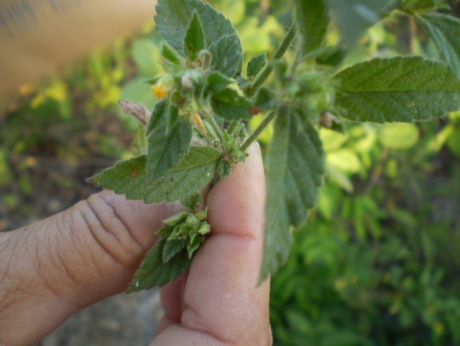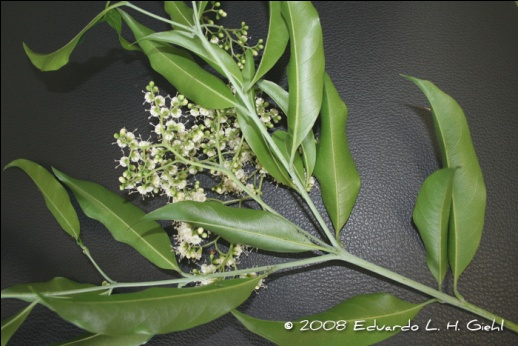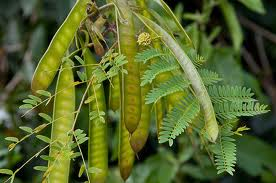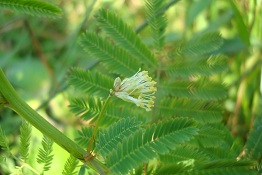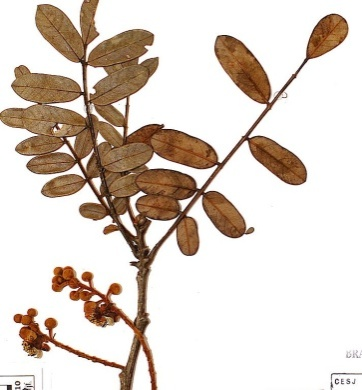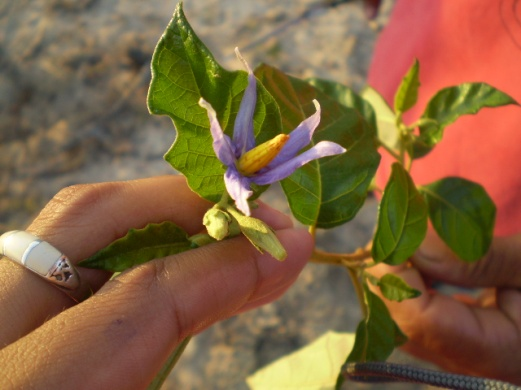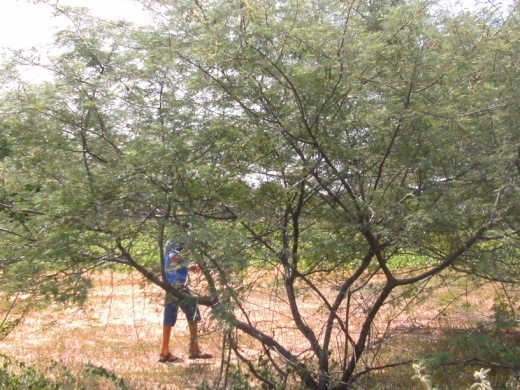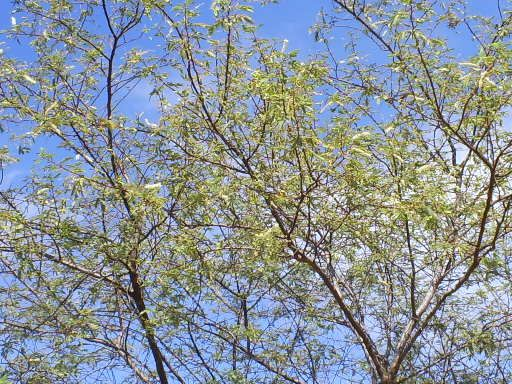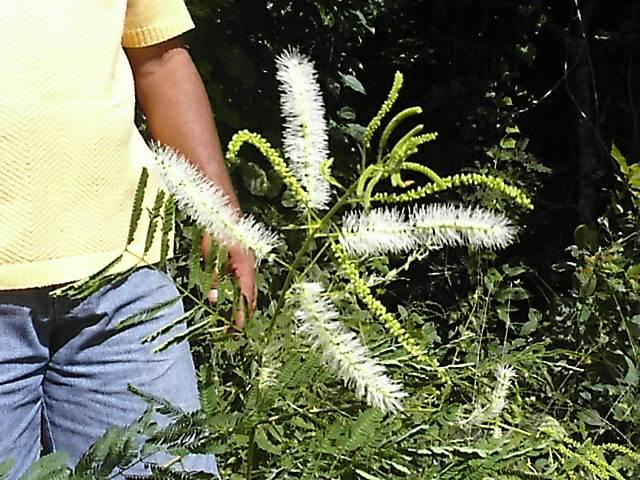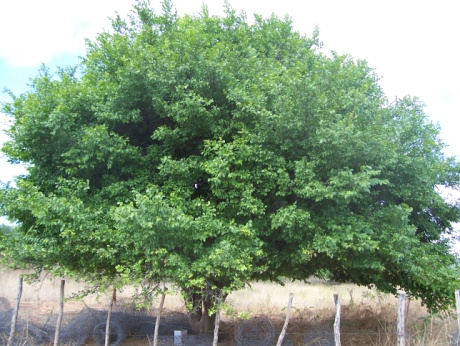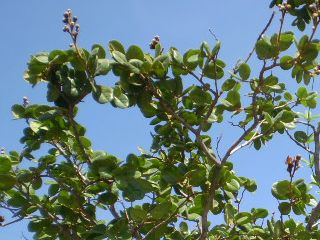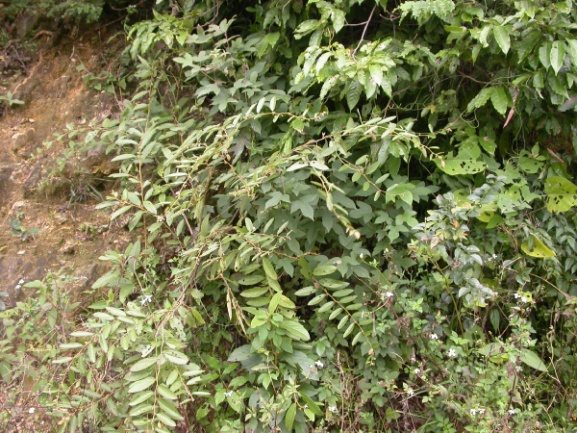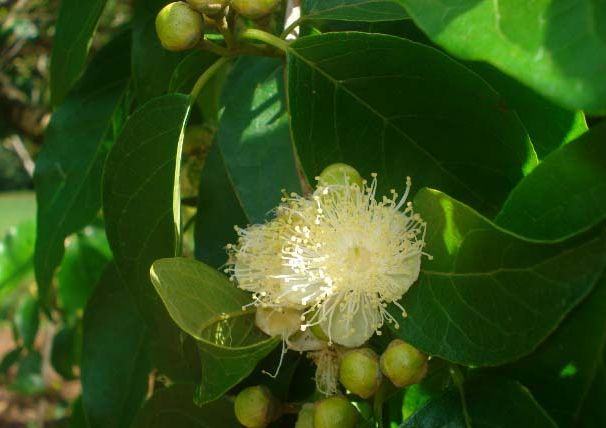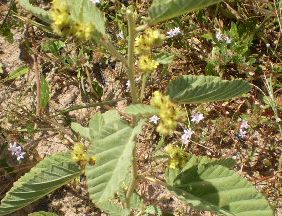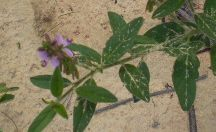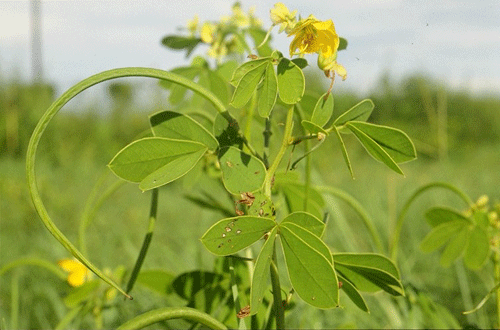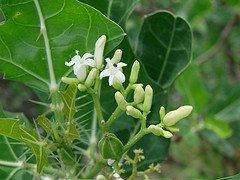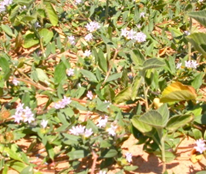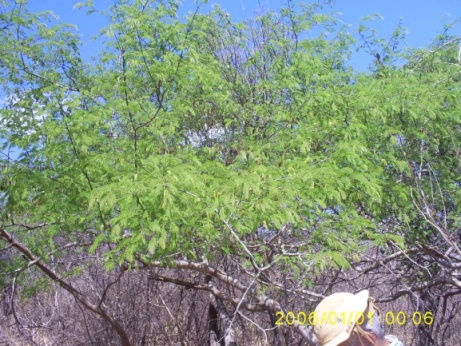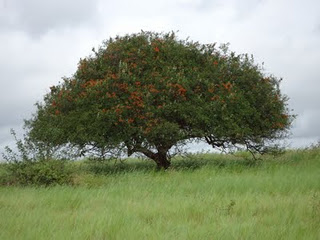Floral Sources
The State of Piauí in northeast Brazil has four vegetation classes: “caatinga” (scrubland), “cerrado” (savana), “mata de cocais” (palm trees forest) and forest.
-“Caatinga” (scrubland): is a type of vegetation particular to semi-arid tropical climate of northeast Brazil. The plants of the “caatinga”, are adapted to the harsh environment, by having thick and small leaves, many of them shaped like thorns, which lose very little water through perspiration. Although with occurrence throughout the state of Piaui, it concentrates mostly in the south and southeast regions and consists of cactus, shrubs and small trees.
-“Cerrado” (savana): extends in the southwest and northern portions of the state; presents the characteristic shrubs and trees twisted and some grasses covering the soil.
-“Mata de cocais”: is the predominant vegetation between the Amazon and the caatinga covers part of the states of Maranhão, Piauí and Tocantins North. In Piauí the predominant palm trees are “babaçu” (Orbigny phalerata), carnauba (Copernicia cerifera) and “buriti” (Mauritia flexuosa).
-Forest: found along the Parnaíba river valley; is composed of palm trees, especially species like carnaúba, babaçu and buriti. These species can also be found in the cerrado and mata de cocais.
The predominant vegetation in the south-southwest of the state is the “cerrado” or savanna, consisting of small trees with crooked trunk, thick bark and leaves usually rough and coarse. In the central stretch these is a transition vegetation, with mixed elements of “cerrado” and others types of vegetation adapted to smaller volumes of rain and are associated with the “caatinga” vegetation, typical of the semi-arid region. The southeast, east and parts of north are dominated by the elements of the caatinga vegetation, in which pulses and cactus are predominant, all usually with thorns. On the valley of the Parnaíba river, from the municipality of Regeneração and extending into the vicinity of Buriti dos Lopes, a mixed deciduous vegetation is dominated the babaçu.
In the state of Piaui, where Casa Apis is located, the “cerrado” and the “caatinga” interpenetrate in multiple points of contact, making it difficult to establish reasonable limits between such types of vegetation. In those transitional areas the climatic, geomorphological and edaphic factors take very important, determining the distribution of species. An example of the influence of these factors on vegetation can be seen in the southeast of Piaui, where thorny deciduous formations (caatinga) in sedimentary and crystalline terrain areas.
